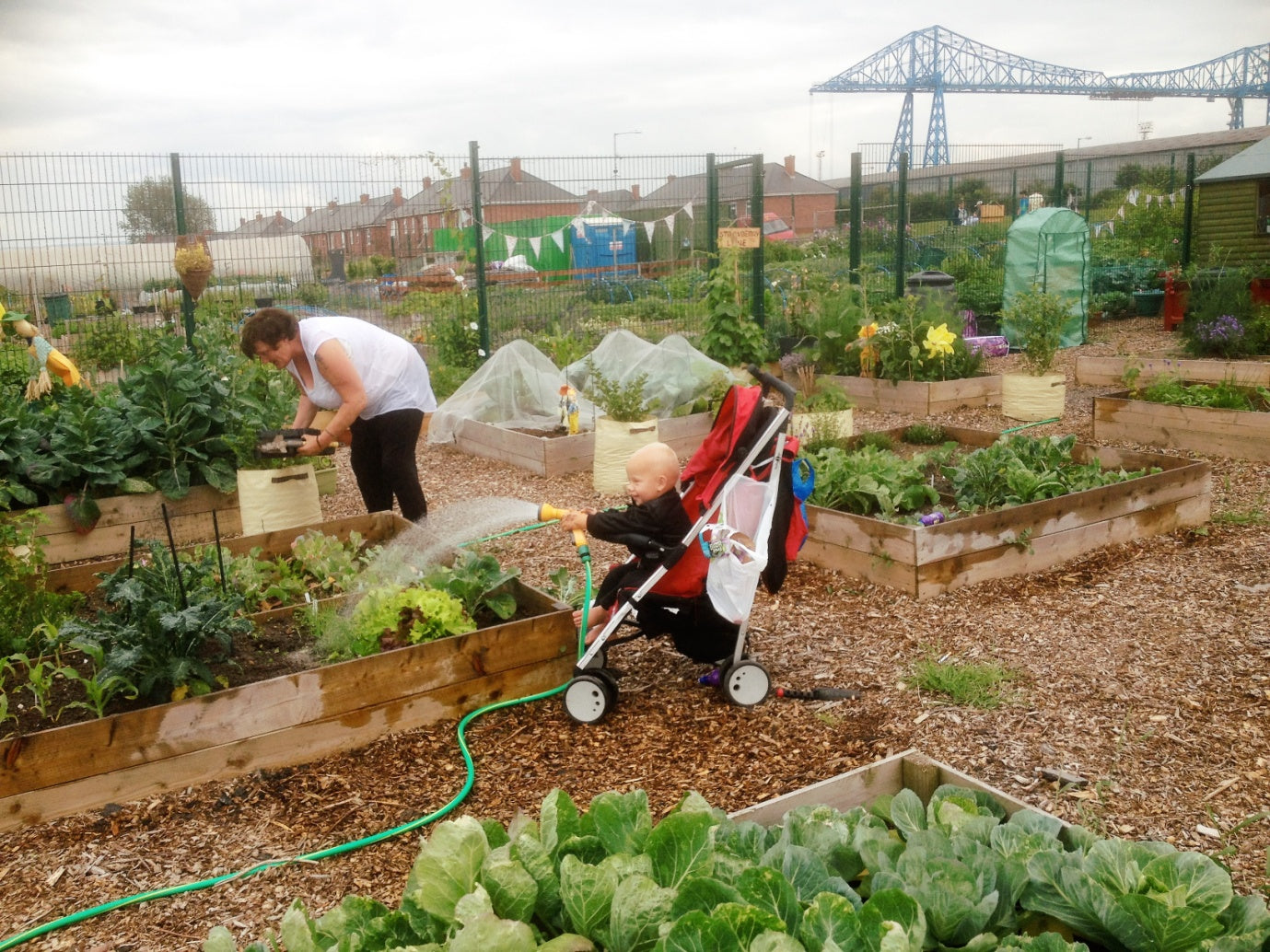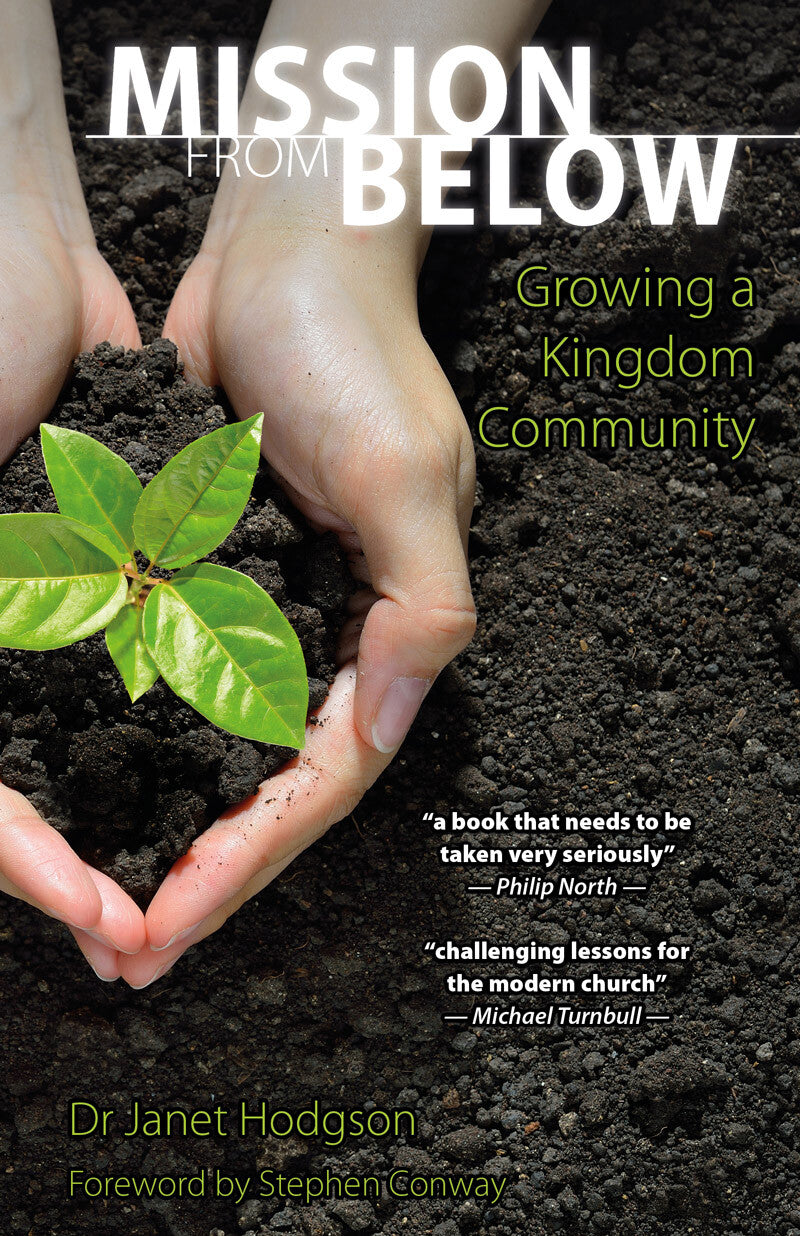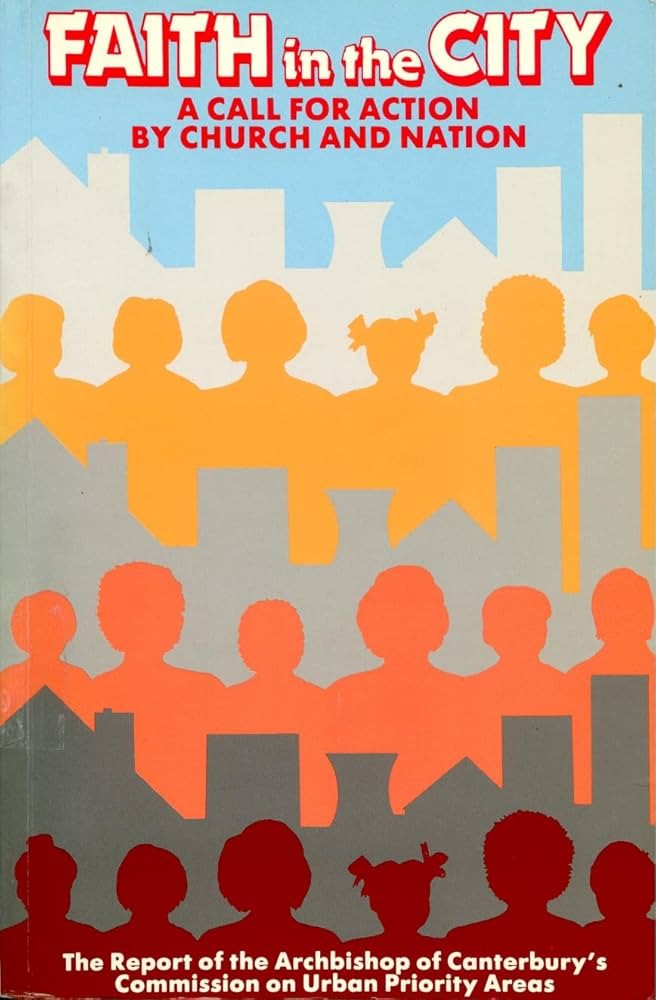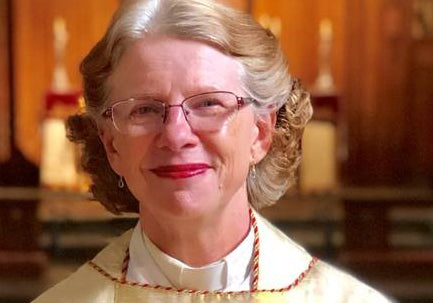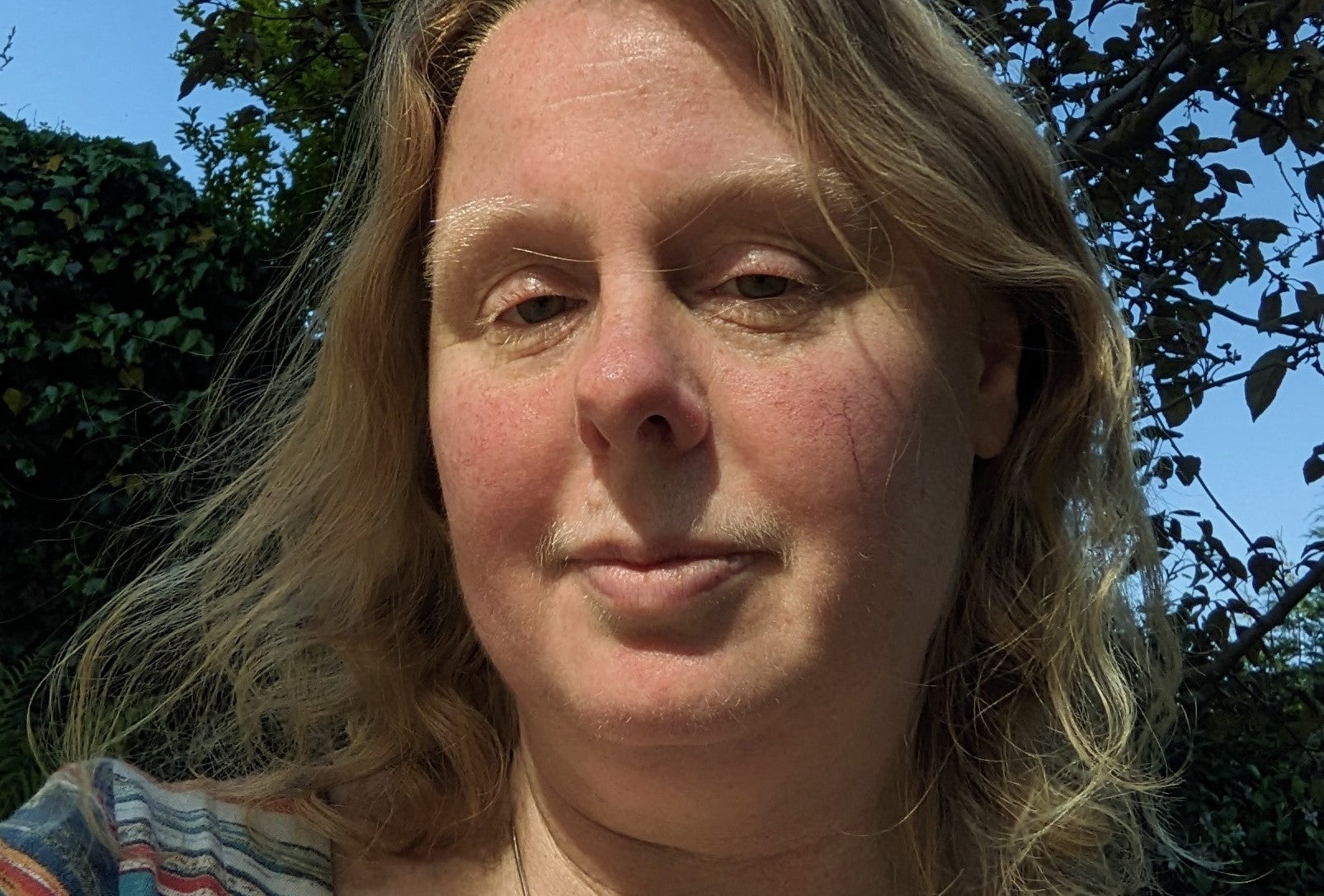GUEST BLOG: Dr Janet Hodgson’s new book is a radical and controversial challenge to the top-down leadership models that are so widespread in the church. We asked Janet what inspired her to write Mission From Below.
This true story of two Loreto Sisters working alongside one of the most socially-deprived communities in North East England is proving very popular. Here’s what Janet had to say...
Mission From Below evolved after decades of working alongside a variety of people in different contexts, countries and cultures. As well as a plethora of academic articles and chapters in anthologies, this is my twelth book. Others have been published in England, Canada and South Africa, where I have returned home. A pervasive theme in all these publications has been the struggle of disadvantaged people against a whole spectrum of injustice. This has varied from the liberation and black consciousness movement of African people in South Africa, to the sustained endeavours of Native American or First Nations people in Canada to recover their land rights and their indigenous cultures, to the plight of the forgotten people in the North East of England whose suffering on many fronts continues unabated.
Initially my work in mission revolved around the interaction between colonialism and the indigenous people in Africa and Canada. When I moved to England in 1987 my first job was with the United Society for the Propagation of the Gospel (USPG), the second oldest Anglican missionary society in the country. Based as an area secretary in Oxford, much of my work involved fund raising, an “us and them” missiology to serve the needs of people in other parts of the world. I found this distancing of mission to beyond our boundaries somewhat disturbing, as if those less privileged than our selves had nothing to teach us. To restore the balance I developed a programme based on the “Five Marks of Mission” of the Anglican Church which invited church groups to explore mission on the home front. In scoring their priorities in mission justice and ecological issues, the 4th and 5th Marks, seldom featured. So, when I moved to the North East to be Adviser in local Mission for the Diocese of Durham from 1994 to 2001, the emphasis on mission in our midst became my main concern.

“Inculturation”, which is the dialogue between the gospel and a local culture in different contexts, has been central to my academic studies. The practical application of this is in taking the spirituality of a people as the starting point in developing confidence in their own worth, in order to motivate them to take action on their own behalf to improve their situation. Although all five churches that had previously flourished on the estate had long been demolished, the Celtic heritage of the local people was still a seminal part of their spiritual life. This had been augmented during the Industrial Revolution by an influx of Roman Catholic Irish immigrants to make a heady mix.
Deprvation, in terms of low levels of education, few employment opportunities for blue collar workers, poor health, high mortality rates, minimal medical, transport and shopping facilities, as well as drug and alcohol abuse, and a high crime rate amongst the youth, had left this poverty-stricken community in dire straits. Ongoing industrial pollution and flooding from the river created other hazards. At the same time the Loreto Sisters found that people on the estate were a caring community, always looking after one another. As servant leaders, following in the footsteps of Jesus, the Sisters took their time in building on the strengths of the people to create a Kingdom community, where all were welcome no matter their faith or none. From the start the people were listened to, their grievances addressed, and, through a slow process of empowerment, were encouraged to confront the many injustices visited upon them. This is what I call mission from below – mission by the people, of the people, for the people themselves. This is in stark contrast to the usual top-down process, which is endemic in church programmes and social work. It also challenges the present fad for church growth, for putting more bums on seats in a dying church.
I came to know the Sisters through a small Church Action on Poverty (CAP) group, which met in their terraced home in the Clarences. Together with two couples, one Quaker and another Catholic, and some local women, we worked alongside the community in mounting a successful campaign to overcome fuel poverty on the estate. From then on there was no holding back. I attended numerous meetings where representatives of the Borough Council were taken to task in no uncertain terms and made accountable for making major changes. The people had found their voice and it was exhilarating to witness their transformation.
The Sisters finally left after 15 years of ministry on the estate, confident that structures had been firmly put in place to ensure that their work would continue to flourish. I visited the Clarences in 2015 to assess the Sisters’ legacy. The community had become more cosmopolitan but the primary school remained a centre of excellence, the principal having taken much of the pastoral work on board. The Clarences Action Group was busy organising their annual Christmas festivities, but they have continued to be active in ensuring that the authorities are called to account to address any grievances. In addition, a retired Chief Superintendent of Stockton police has created a huge Community Garden on what was formerly a rock-strewn wasteland, and this is still being developed in exciting new ways. It is an inspiring story that needs to be heard by both the church and the wider society as well as by other deprived communities. It is an example of what faith in themselves can inspire the people to create miracles. It is indeed “mission from below”.
Mission From Below by Dr Janet Hodgson (with a foreword by Stephen Conway, Bishop of Ely) is available in paperback and e-book.
